Gensan is widely know as Tuna Capital of the Philippines. The title does not refer only to the fishing tradition of Gensan, but also to the variety of tuna based food this city offers. Let’s go through these tuna delicatesses:
Table of Contents
- Tuna Belly
- Tuna Panga
- Tuna Fillet
- Tuna Kilawin
- Tuna Saku
- Tuna Eyes
- Tuna Roe
- Tuna Dayok
- Tuna Chicharon
- Tuna Longganisa
- Tuna Tapa
- Tuna Embutido
- Tuna Nuggets
- Tuna Siomai
- Smoked Tuna
- Dried Tuna
- Tuna Lumpia
- Bonus: Jollibee Tuna Pie
Tuna Belly
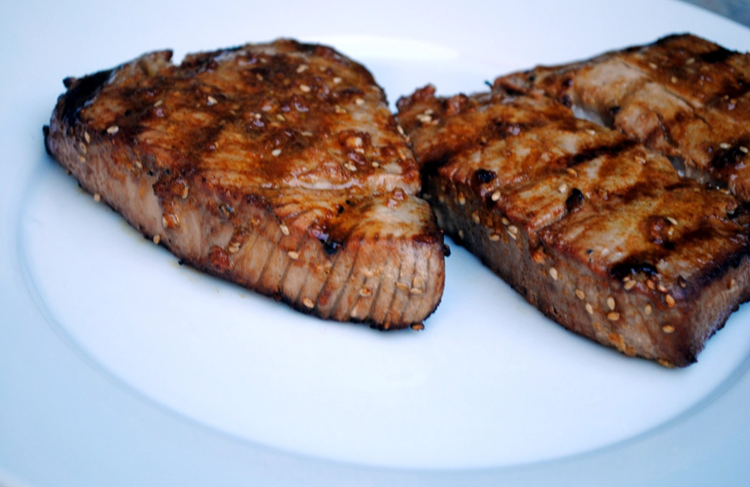
Tuna belly, known locally as “toro” in Japanese cuisine, is one of the most prized parts of the tuna due to its high fat content and melt-in-your-mouth texture. It’s especially popular grilled over charcoal in Filipino-style “inihaw” preparations, often marinated in calamansi, soy sauce, garlic, and pepper.
The fat renders beautifully when cooked, giving it a rich, buttery flavor that needs little enhancement. Its luscious texture makes it equally suitable for raw dishes like sashimi or seared rare in fusion cuisines.
Tuna Panga

Tuna panga refers to the jaw or collar part of the fish, a flavorful and tender cut that’s perfect for grilling. It’s revered for its combination of fat, connective tissue, and meat, offering a more complex texture than fillet cuts.
The panga is commonly marinated in a sweet and savory sauce and then grilled until slightly charred, releasing smoky aromas and bold flavors. It’s a favorite in many Filipino households and eateries, often served with rice and a vinegar dipping sauce.
Tuna Fillet
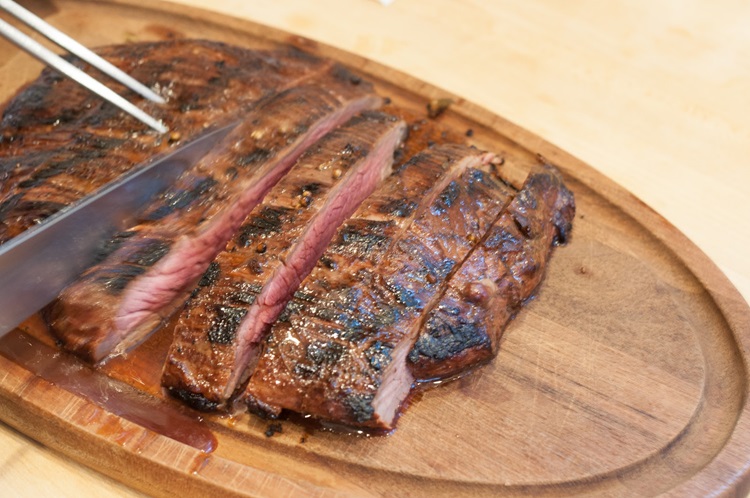
Tuna fillet is the lean, boneless portion of the tuna loin, known for its clean flavor and firm texture. It’s a versatile cut used in both Western and Asian cuisines—from pan-seared steaks to poke bowls and sushi rolls.
In the Philippines, tuna fillet is often used in grilled dishes, stir-fries, or soups like “sinigang sa miso.” It’s ideal for health-conscious diners as it’s high in protein and low in fat, especially compared to richer cuts like the belly.
Tuna Kilawin
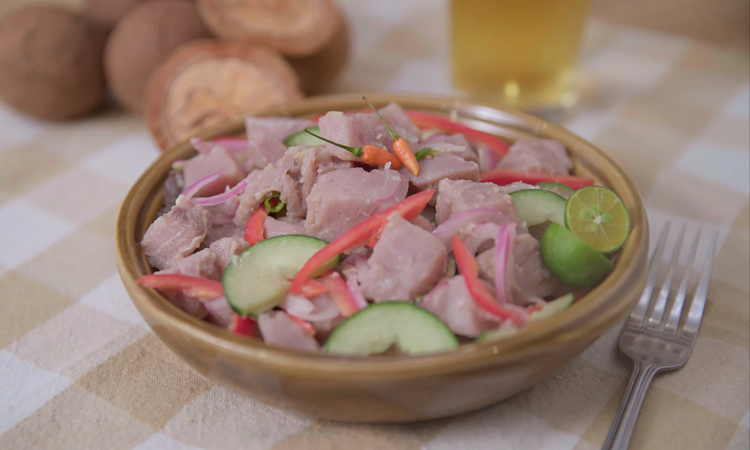
Tuna kilawin, also called “kinilaw na tuna,” is a traditional Filipino dish made from fresh, raw tuna cured in vinegar or calamansi juice. It’s typically mixed with aromatics like ginger, red onions, and chili, and sometimes enriched with coconut milk in regional variations, particularly in the Visayas and Mindanao.
This dish is the Philippines’ answer to ceviche, known for its bright, tangy, and refreshing flavors. Often served as pulutan or a starter at gatherings, tuna kilawin highlights the freshness of the catch and the bold, clean flavors that define coastal Filipino cuisine.
Tuna Saku

Tuna saku blocks are precision-cut rectangular portions of tuna loin, typically from yellowfin tuna, intended primarily for sashimi and sushi. The uniform size and shape make them ideal for slicing into even sashimi cuts or for searing into tataki.
These blocks are usually vacuum-packed and frozen to maintain quality and are a staple in Japanese and fusion restaurants. In Filipino households, they can be quickly thawed and transformed into fresh tuna kinilaw, a local ceviche-like dish.
Tuna Eyes

A delicacy not for the faint-hearted, tuna eyes are large, gelatinous, and rich in collagen. Popular in Japan and parts of Southeast Asia, they are often simmered or braised to soften the tough connective tissues, creating a rich, nourishing broth.
In the Philippines, tuna eyes are sometimes added to soups or stews with vegetables and aromatics. They offer a unique texture and are valued for their purported health benefits, particularly for the skin and joints.
Tuna Roe

Tuna roe, or eggs, are a briny delicacy enjoyed in various forms across the world. In Filipino cuisine, they are often grilled or sautéed, sometimes with tomatoes and onions, and served as pulutan (bar chow) or a viand with rice.
Tuna roe has a grainy texture and a deep umami flavor, which pairs well with acidic or spicy condiments. It can also be cured and used similarly to bottarga or fish egg paste in sauces and spreads.
Tuna Dayok
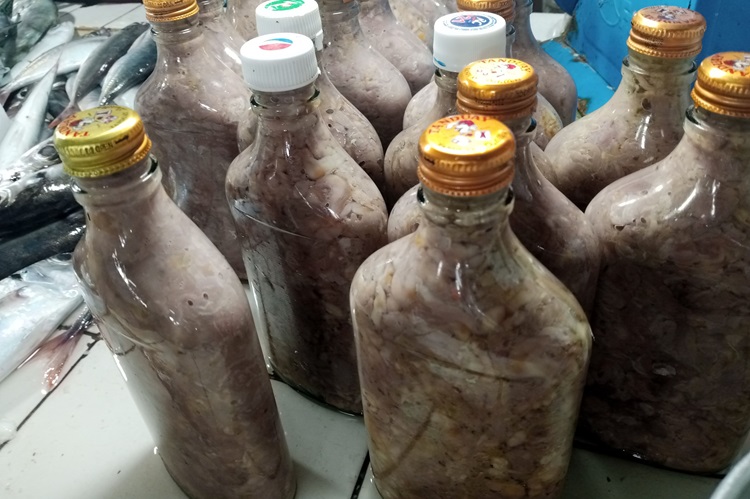
Tuna dayok is a fermented condiment made from tuna entrails, similar to fish sauce or bagoong but with a more pungent, earthy aroma. It is traditionally produced in General Santos City, a hub for tuna in the Philippines.
The entrails are salted and aged, resulting in a highly flavorful liquid that enhances savory dishes. Dayok is used sparingly in cooking due to its intensity but adds incredible depth to stews, sautés, or even simple steamed rice.
Tuna Chicharon

Tuna chicharon is a crunchy snack made from the skin or belly of the tuna, deep-fried until crispy. It mimics the texture of pork chicharon but with a lighter, fishier twist.
Often seasoned with salt, chili powder, or vinegar powder, it’s a popular snack or pulutan. Aside from being a guilt-free alternative to pork rind, tuna chicharon also showcases the Filipino value of nose-to-tail cooking, ensuring no part of the fish goes to waste.
Tuna Longganisa
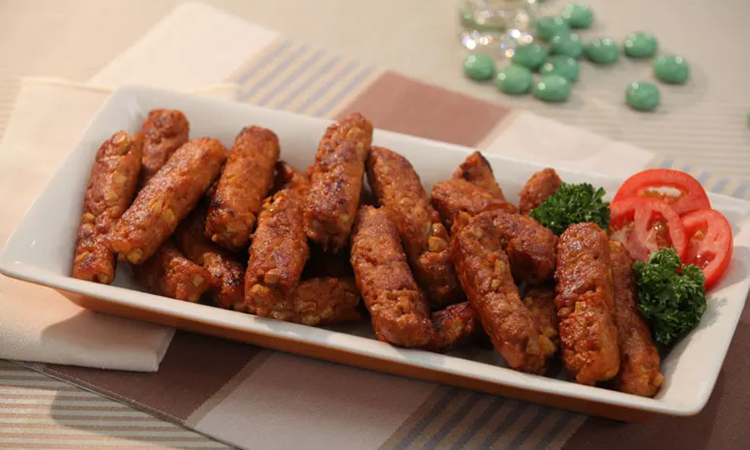
Tuna longganisa is a healthier twist on the traditional Filipino sausage. Made with ground tuna instead of pork, it’s seasoned with garlic, vinegar, sugar, and spices, then formed into links or patties.
It can be sweet, garlicky, or spicy, depending on regional preferences. This tuna sausage is often pan-fried and served with garlic rice and eggs for a guilt-free version of the classic “longsilog” breakfast meal. It’s a favorite among pescatarians and those seeking healthier protein options.
Tuna Tapa
Tuna tapa is a marinated and cured version of tuna, inspired by the traditional beef tapa. Thinly sliced tuna meat is soaked in a mixture of soy sauce, calamansi, garlic, and sugar, then dried or pan-fried until caramelized.
It’s usually served with fried rice and eggs, completing the “tapsilog” trifecta. Tuna tapa is a lighter, yet still flavorful alternative to red meat and has become a staple in health-conscious Filipino homes.
Tuna Embutido

Tuna embutido is a seafood take on the Filipino-style meatloaf. It involves mixing flaked tuna with breadcrumbs, eggs, minced vegetables, raisins, and seasonings, then wrapping it in foil and steaming until firm.
Sometimes, it contains slices of hard-boiled eggs or cheese in the center for added richness. Tuna embutido is commonly served during celebrations and can be sliced and fried for snacks or lunchbox fare. It’s both nutritious and freezer-friendly.
Tuna Nuggets
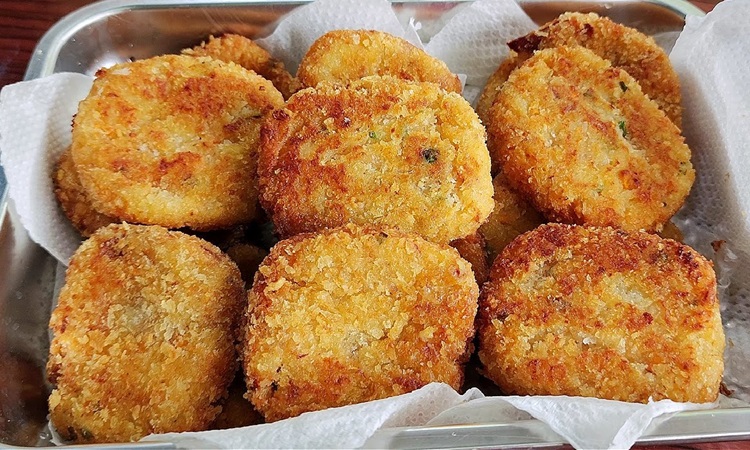
Tuna nuggets are bite-sized, breaded pieces of ground tuna, often flavored with herbs, cheese, or vegetables before being deep-fried or baked. They’re a favorite among kids and make a handy, protein-rich snack or lunchbox item.
Some versions are air-fried for a healthier take. These nuggets serve as an alternative to processed meat products and are often paired with ketchup, mayo, or sweet chili sauce.
Tuna Siomai

Tuna siomai is a variation of the classic Chinese dumpling, filled with ground tuna, spices, and sometimes extenders like carrots or singkamas (jicama). Steamed and served with soy sauce, calamansi, and chili garlic oil, it’s a popular merienda or snack in many Filipino households and food stalls.
Tuna siomai retains the familiar texture of traditional pork siomai but with a lighter, cleaner flavor, making it ideal for pescatarians or those cutting back on red meat.
Smoked Tuna

Smoked tuna is a delicacy that imparts a savory, aromatic quality to the fish through a process of cold or hot smoking. It’s popular in General Santos and Davao, where tuna is abundant.
The smoking preserves the fish and adds layers of flavor, making it great for salads, pasta, sandwiches, or even eaten as-is with rice. Sliced thinly, it can also be enjoyed like smoked salmon. Its rich flavor makes it a luxurious yet accessible product.
Dried Tuna
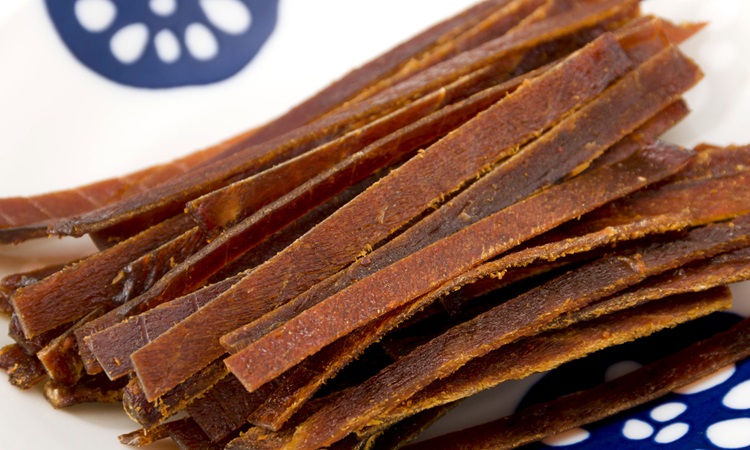
Dried tuna, often called “daing na tuna,” is prepared by marinating slices of fish in vinegar, garlic, and spices, then sun-drying or air-drying them.
The result is a chewy, concentrated, savory meat often pan-fried until crisp. It’s a practical way of preserving fish in coastal communities and is usually enjoyed for breakfast with rice and vinegar dipping sauce. Some versions are shredded and sold as “tuna floss,” ideal for topping congee or bread.
Tuna Lumpia
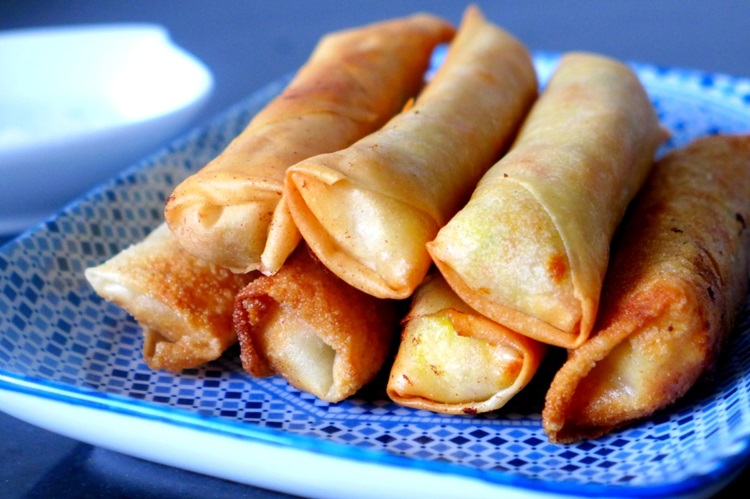
Tuna lumpia reinterprets the classic Filipino spring roll using seasoned tuna flakes instead of pork or ground meat. The filling is mixed with vegetables like carrots and onions, wrapped in a thin pastry sheet, and deep-fried until golden brown.
It’s a crunchy, savory appetizer or snack that pairs well with sweet chili or vinegar dipping sauce. Tuna lumpia is popular at parties and a healthier twist for those avoiding red meat.
Bonus: Jollibee Tuna Pie
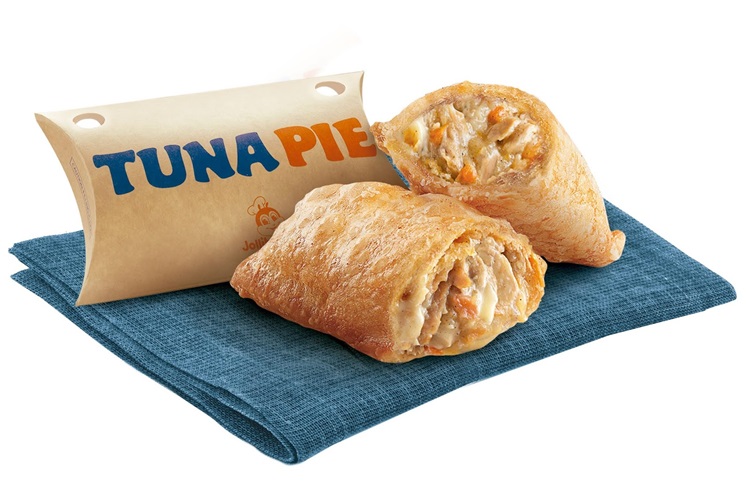
The Jollibee tuna pie is a modern Filipino fast-food creation—crispy on the outside and creamy on the inside. It features a flaky, golden-brown pastry filled with a savory tuna and creamy sauce mixture, offering a quick, handheld alternative to a tuna sandwich. Introduced as a limited-time offering during Lent, it became so popular that it earned a permanent spot on the menu. It’s a beloved example of how Filipino fast food adapts global tastes with local ingredients.

